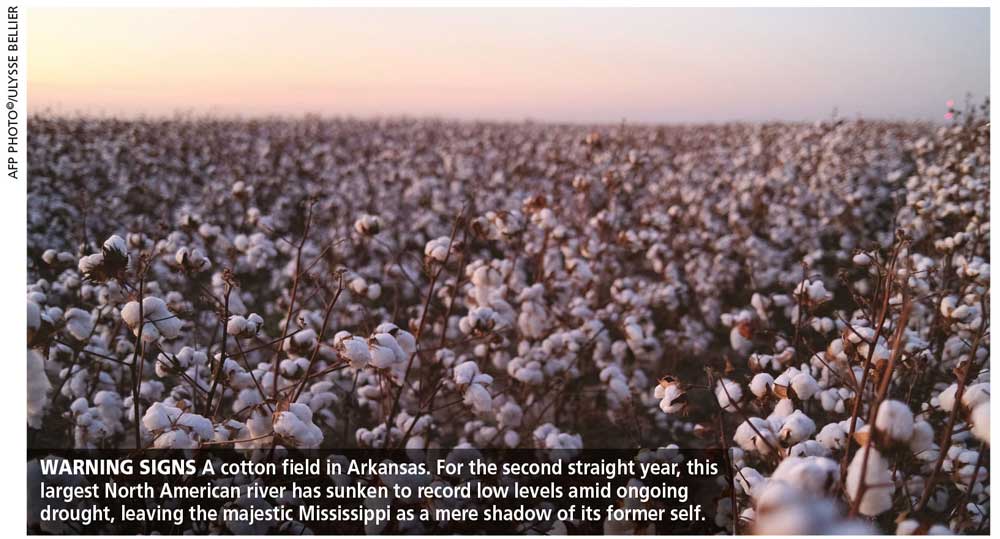APPAREL INDUSTRY
CIRCULAR FASHION IN VOGUE
Why the conventional model of ‘fast fashion’ is old hat – Taamara de Silva

Today, shopping is easy thanks to the influence and dominance of social media and a host of digital channels. Consumers are constantly ambushed by targeted advertisements and notifications while influencers flaunt the latest ‘Insta-trends.’
The conventional model of ‘fast fashion’ has led to environmental degradation, exploitation of labour and excessive consumption of finite resources. This has raised concerns globally.
It is reported that the textile and garment industries are responsible for 10 percent of total greenhouse gas (GHG) emissions in addition to a fifth of all water pollution.
Thanks to trade liberalisation, globalisation and enduring cost pressures, very few brands own the assets of their upstream factories and most businesses outsource end-production.
This makes it difficult to estimate the precise negative impact while sustainability itself has become more of a marketing tool despite the noise from climate activists and nonprofit human rights organisations.
Then came the COVID-19 pandemic, which brought fast fashion to an abrupt halt and exposed the vulnerability of the apparel industry to external shocks. It acted as a catalyst of sorts by accelerating trends such as going digital, sustainability, athleisure and casualisation, which were around even before the crisis.
With the world opening its doors once again, sustainability is increasingly being seen as a strategy to building resilience. People have realised that clothing that’s comfortable, durable and well tailored is much more important, and most top brands have prioritised this trend in sustainable living.
Under these circumstances, circular fashion is gaining traction. It’s a more holistic approach to fashion production and consumption, and prioritises sustainability and longevity while minimising waste.
It also represents a fundamental shift away from the linear model of ‘take-make-dispose’ to a regenerative and restorative system.
Garments are designed for durability by using high quality materials and craftsmanship. Circular fashion also promotes designs that can accommodate alteration and a subsequent refurbishment of clothing through collaboration with tailors to increase the lifespan of products.
Another noteworthy aspect is the ability to recycle and upcycle old garments into new clothing or accessories.
Responsible sourcing, which is another key component of circular fashion, emphasises the importance of using sustainable fabrics such as organic cotton or recycled fibres, and embracing ethical manufacturers.
The latest design trends feature adherence to Design for the Environment (DfE) guidelines that aim to reduce the impact of products on the environment and human health at the design stage.
These guidelines consider the product life cycle along five lines: materials and their extraction; production processes and technologies; transport, distribution and packaging; during use; and at the end of life. The latter includes keeping disassembly and recycling in mind.
People have begun street protests demanding ‘climate justice’ and arguing that beautiful fashion should not cost the Earth. They are urging the industry to become a force for cultural change.
Under the concept of sustainability, circular fashion has levelled the playing field. And coupled with digital innovation – which can reach global consumers, and provide access to crowdfunding and sources of capital – opportunities favour entrepreneurs and disruptive startups.
Changing customer demands may be the most powerful influence in shifting fashion brands and retailers, and those that do not respond quickly risk being left behind. Millennials and Gen Z are the strongest drivers of this movement.
For instance, the younger customer demographic is constantly demanding unlimited access to fresh styles while others are looking for tradeable platforms where luxury and vintage garments can be found. Those who are less influenced by such trends seek one thing: better quality clothes that can stand the test of time.
According to a McKinsey report, a third of all Instagram users are now buying items on social networks and the subscription e-commerce market has been growing by more than 100 percent annually.
Moreover, a shift to people valuing experiences over items supports these new practices. Research by Kantar’s Global Monitor indicates that 90 percent of global customers value desirable experiences over material possessions.
Accordingly, rental and resale models can offer affordable gateways to highly sought after luxury and vintage experiences.
It is apparent that time is running out for how we have visualised traditional fashion. Timeless garments offering durability and personality are slowly but surely making their presence felt.
Harnessing the creativity and innovation of the apparel industry to connect the dots will create a fashion system that’s beautiful – both inside and out.




